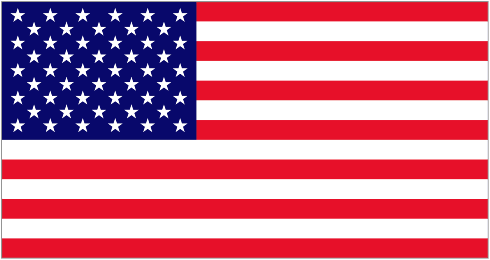Ever heard of the relative minors? Or of the Circle of Fifths?
Well, if you haven’t then here is a quick crash course on how to understand this and how to apply them to the Cuatro (fun stuff really…you’ll see).
Relative Keys
As the name suggests, relative keys have to do with keys that share something in common. It refers to major and minor scales that share common attributes. Essentially, a major has a relative minor and a minor has a relative major. When playing a progression of chords, including chords from the relative key enriches the music and gives a different effect to the songs or progressions playing. When we say that this needs to happen in a structured way, what we mean is that not to throw the chords randomly and expect it to sound good. Generally what is done is to play with one key and then using a bridge switch to the relative key, and then switch back. Not to worry we will look at all of this.
Circle of Fifths
Let us consider how to identify the relative minor or relative major of a key. In this example, we will make use of D Major and it’s relative minor being B Minor. If we wish to find the position of B with respect to D and start off with D, then we would have to count 5 notes:
If we do this the other way around, we will find that to find the D starting from B then we would have to count 2 spaces:
You can find the relatives with the help of the Circle of Fifths diagram provided below:
Circle of Fifths Illustration
Now let’s listen to how the relative keys sound in our cuatro. Watch this example where we demonstrate all 7 mayor chords and their relative chords. Once you have viewed this video, we would recommend to consult it one more time. Make sure you follow the instructor as he plays the major chord followed by the relative minor. This way you get a sense of how it is to change between the two.
Trying To Simplify Things A Bit
When referring to the relative minor, we can compare this to playing a football game outside and asking your little brother or sister to come and play. Conversely, we can compare it to asking your older brother or sister to come and join in the fun. We hope that’s simple enough, it’s best to see it in practice when playing a progression and switching over to a relatively minor when playing in a relative major key.

Think of how much you will end up knowing and what you can play by combining the relatives. To give you an idea, by knowing the progression of I – IV – V for a major and minor chord, you will then have 6 chords with which you can play around and give a nice ring to what you are playing. The only thing necessary then is to apply a rhythm or genre to it, and……..there we go, a song. Keep this in mind when moving forward as practice and improvisation with these chords are key to your development as a Cuatrista.





